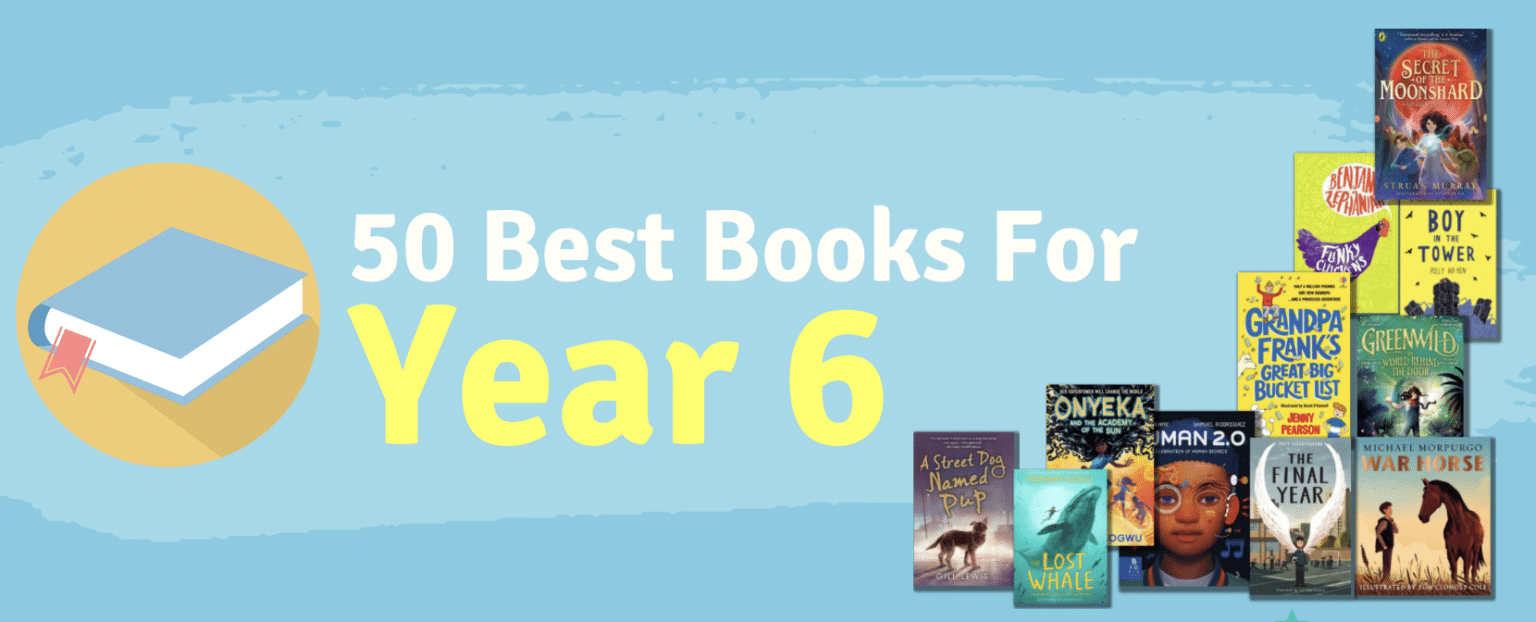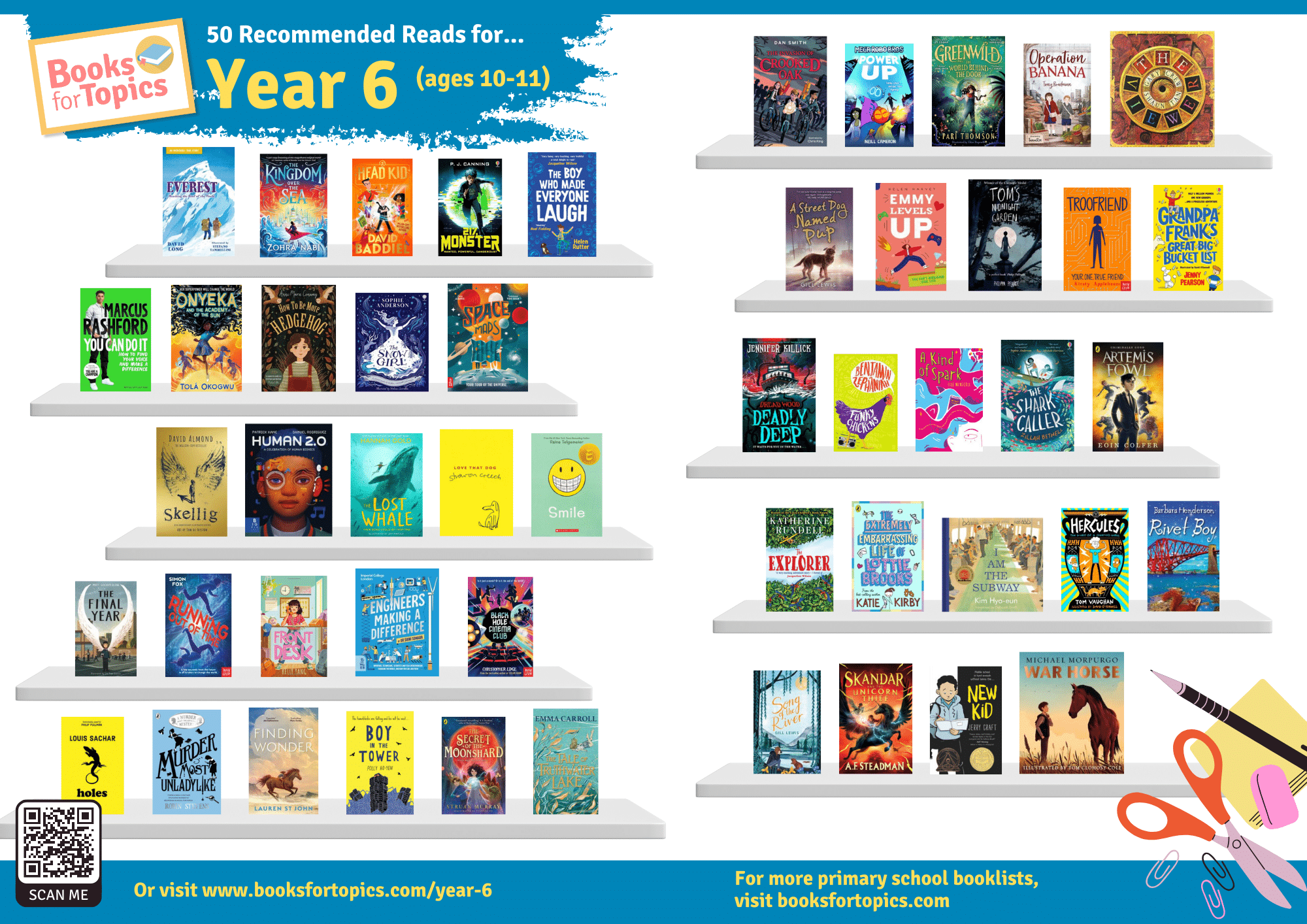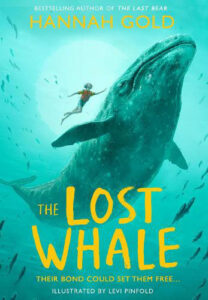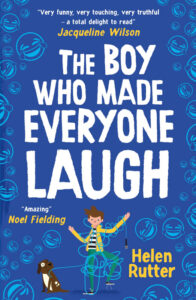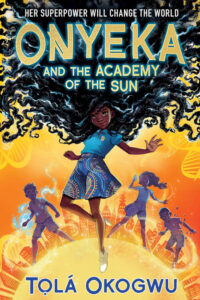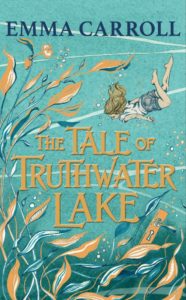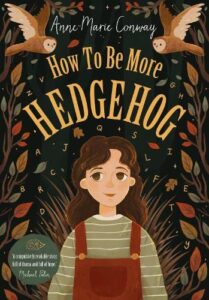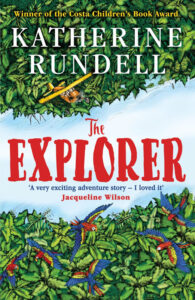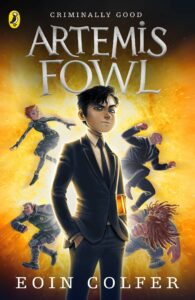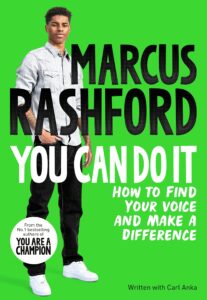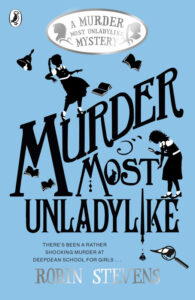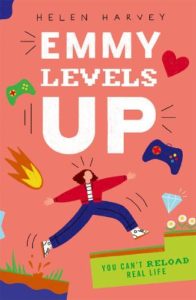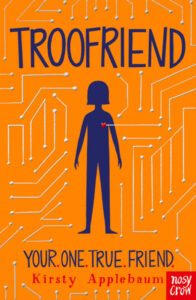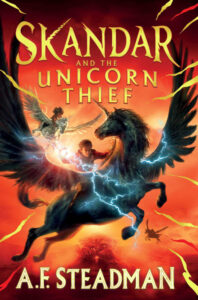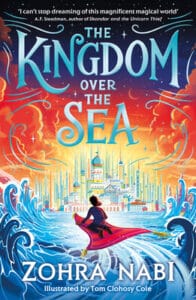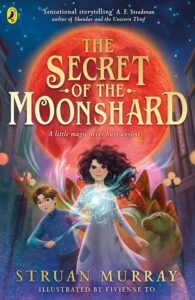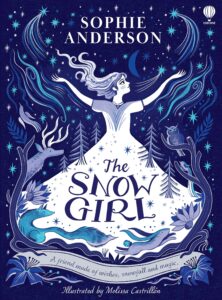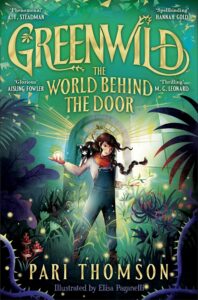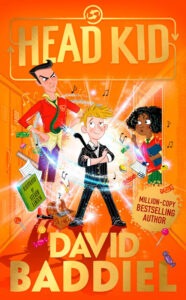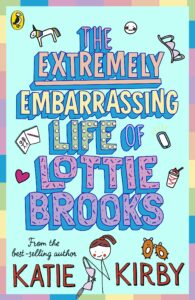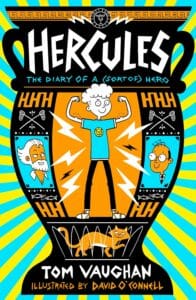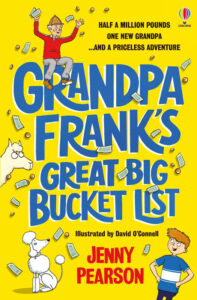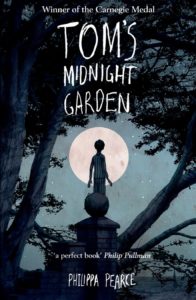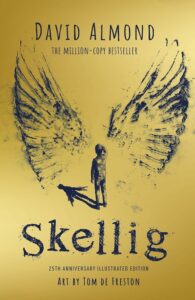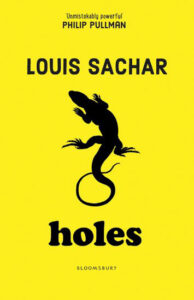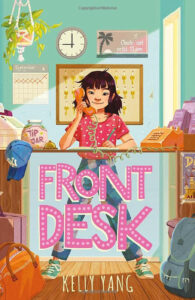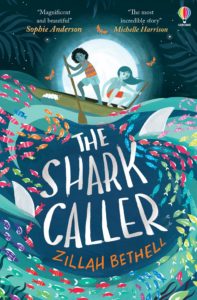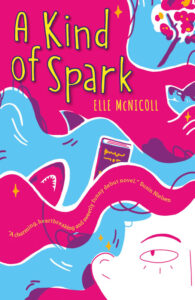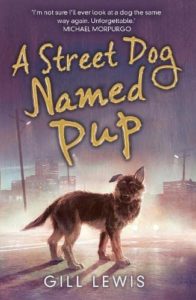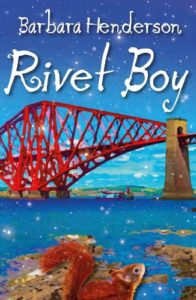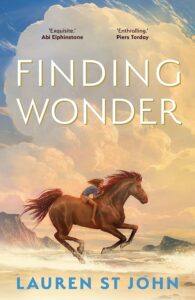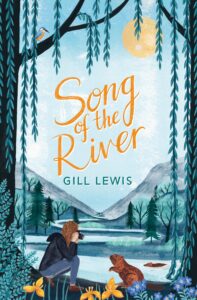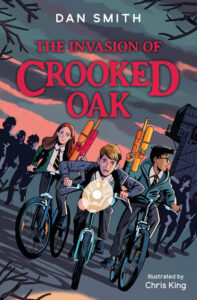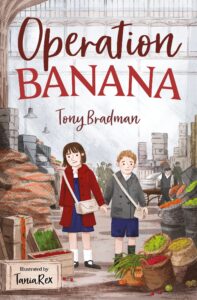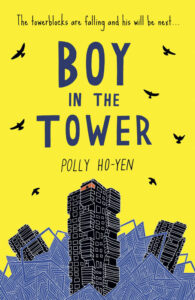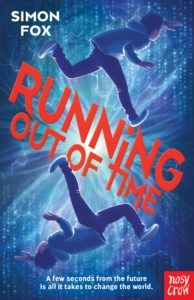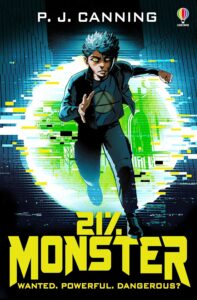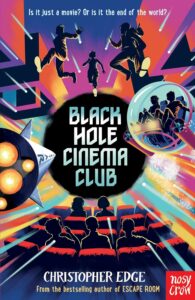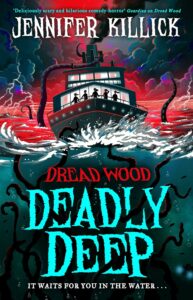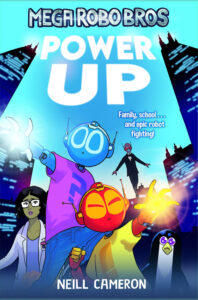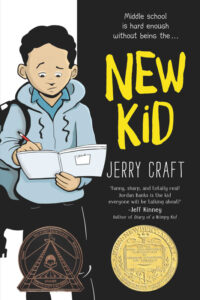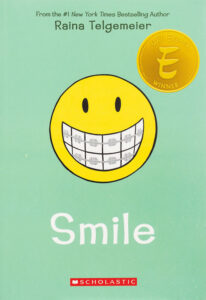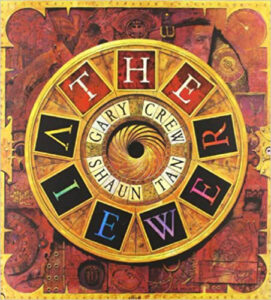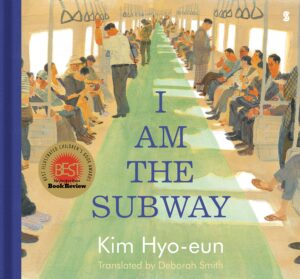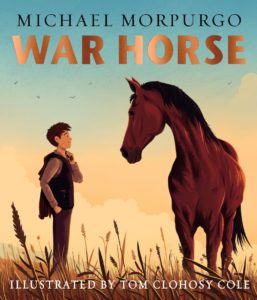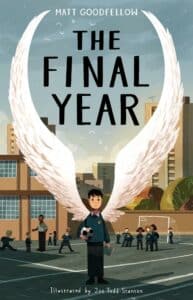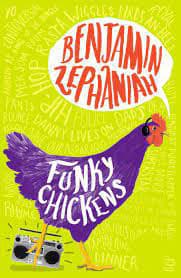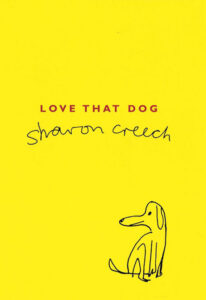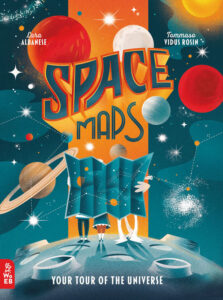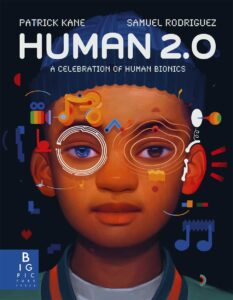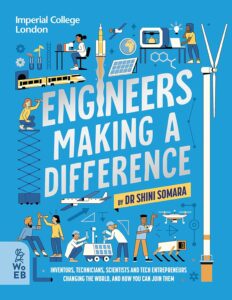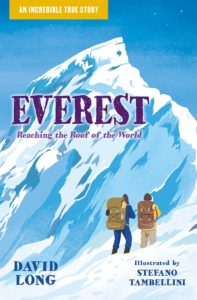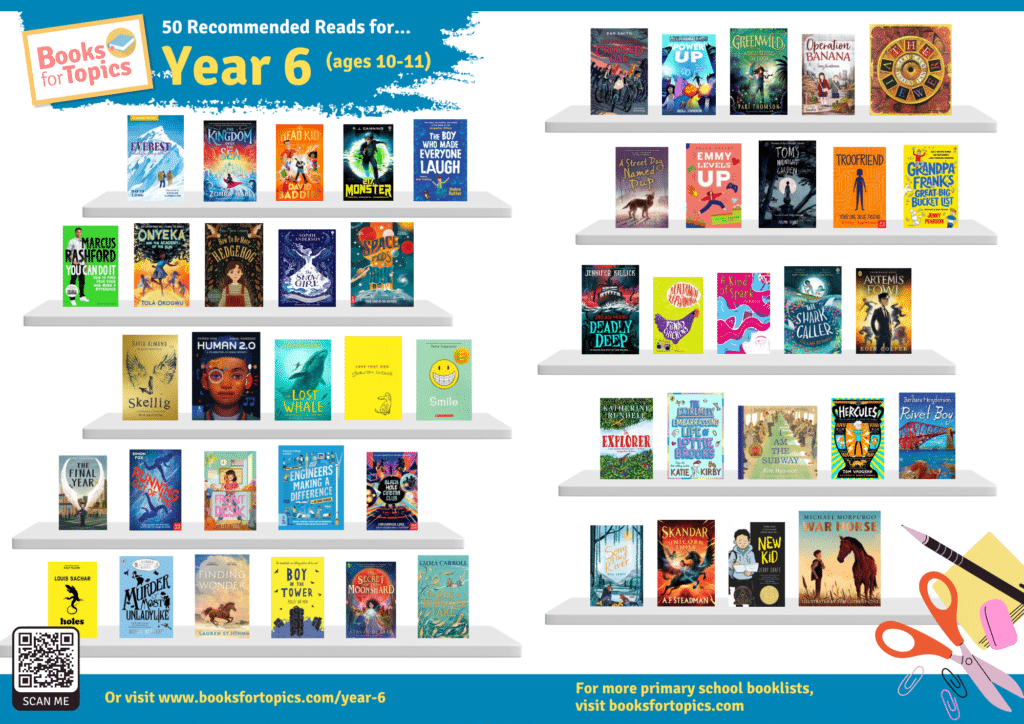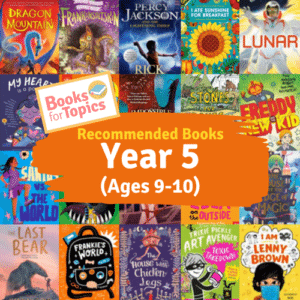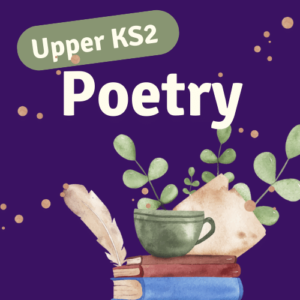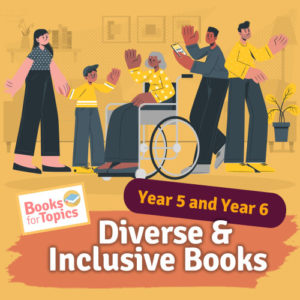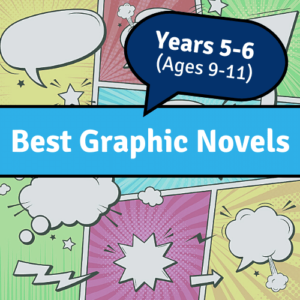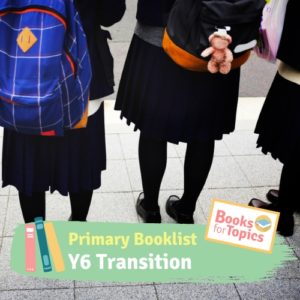At the very centre of inspiring reading for pleasure in Year 6 is the element of choice. Readers who are motivated to choose to read are often the ones who are best able to exercise agency over where, when, what and how, knowing that they can read at their own pace in their own way.
Key to this is providing a wide range of appealing and age-appropriate texts for readers to explore. Being exposed to different styles, formats and genres helps children to define themselves as readers, to have a range of alternatives to choose next if something they read is not for them and to make choices about the books that will give them the reading buzz. This process is crucial for children to develop the intrinsic motivation to read and to lay the foundations of a lifelong love of reading.
Whether it’s popular bestsellers like Marcus Rashford’s You Can Do It or magical realism like Greenwild, it is best to make sure that a wide range of appealing and age-appropriate books are available for Year Six children to choose from.
What kind of books do 10 and 11 year olds like to read?
At the ages of 10 and 11, most children can read chapter books and think critically about what they read. They begin to enjoy multi-layered stories that present different characters’ viewpoints about key issues, and to think deeply about books that explore relevant social issues. Try feeding the Y6 appetite for interesting themes by giving them thought-provoking stories about the environment like The Lost Whale or the eco-thriller Boy in the Tower, as well as stories that explore contemporary social issues like Running Ouf of Time and Front Desk, which both address the complexities of immigration at a level appropriate to Year 6.
Children in Year 6 are often drawn in by stories set in fantasy worlds like Skandar and the Unicorn Thief, Artemis Fowl and Struan Murray’s fantasy thriller The Secret of the Moonshard. You’ll also see flying off the Y6 bookshelves laugh-out-loud funny books, inspirational books and non-fiction that delves into topics of interest.
Also popular with this age group are graphic novels and books with illustrated elements. Year 6 children who are not keen on longer sections of text might prefer graphic novels like Mega Robo Bros, or the thrill of a mild horror element in the shorter-length books Operation Banana and The Invasion of Crooked Oak. Some of the most popular read-it-yourself books for this age include doodle-style diaries like the Lottie Brooks series.
We recommend that teachers and parents supplement children’s independent reading with adult-led storytime through Year 6 and beyond. Some books are extremely well suited for being read aloud and benefit from deeper discussions with adults – try The Explorer or The Boy Who Made Everyone Laugh for books with a real storytelling quality about them.
The books on our Y6 booklist feature 50 recommended reads for pleasure in Year 6. Some of the books cater well for children who love to laugh, like David Baddiel’s Head Kid or the modern-meets-mythological illustrated tale Hercules. Other stories on the list are designed to leave readers on the edge of their seats, from Jennifer Killick’s school trip thriller Deadly Deep to puzzling murder mysteries like Murder Most Unladylike . Graphic novels are also very popular with many children in Year 6, and we recommend trying Raina Telgemeier’s popular middle school series Smile or Jerry Craft’s more serious story of displacement in New Kid.
Many children at this age are ready to engage with stories that explore social issues or offer insights into a diversity of ways of seeing the world. Jenny Pearson’s Grandpa Frank’s Great Big Bucket List explores the themes of intergenerational relationships and dementia, while Boy in the Tower hauntingly explores the experience of isolation when it does not feel safe to go outside, as well as the topics of parental mental health and the coming together of community in the face of a crisis. Other stories in our collection give insight into what life is like for those who feel like they don’t quite fit in, from a case of an AI-powered friend substitute in Troofriend and the tale of cyberbullying in Emmy Levels Up, to Elle McNicoll’s neurodivergent main character Addie in A Kind of Spark.
If you are looking for classic stories suitable for 10-11 year olds, we recommend Tom’s Midnight Garden or the Year Six classic classroom story choice Skellig. Poetry offers a wealth of enjoyment for reading for pleasure at this age too, from Benjamin Zephaniah’s Funky Chickens, which is always a hit with Year 6, to Matt Goodfellow’s moving verse novel The Final Year.
For those without the time or reading stamina to pick up a longer read, try one of the shorter chapter books included in our Y6 reading list, like Dan Smith’s The Invasion of Crooked Oak or David Long’s Everest, both of which are specially formatted to be accessible to dyslexic readers. For excellent picture books suitable for Year 6, we recommend the super-intriguing The Viewer by Gary Crew and Shaun Tan, or the beautifully illustrated exploration of shared humanity in I Am the Subway.
What are the best non-fiction books for Year 6?
High-quality non-fiction is a brilliant option for reading for pleasure in Year 6 and there are some really interesting offerings available for this age group. Look for information books that offer children a deeper insight into a particular topic, including biographies of interesting figures or deep dives into geography, science and history topics.
For Y6 non-fiction, we recommend the inspirational trip across the galaxy in Space Maps, the tech-themed Human 2.0, and the inspiring compendium about STEM careers in Engineers Making a Difference.
If you are looking for books themed around a particular topic, head over to our KS2 topic booklists.
Where can I purchase the books on the BooksForTopics Year 6 booklist?
What other booklists for children in Y6 are available?
Looking for the best booklists for children ages 10 and 11? Look no further than BooksForTopics! Our website offers a selection of booklists tailored to popular Year 6 curriculum topics, including World War II topic texts, a list of children’s books about Crime and Punishment, science books for the human body topic or geographical children’s books about the USA. We also have lists for special interests and events, like stories about the Olympics and children’s books about space.
A great place to start for reading-for-pleasure recommendations for each age is our lists of Best Books for 10-Year-Olds or Best Books for 11-Year-Olds. If your Y6 children are fans of a particular author or series, our Branching Out booklists offer a variety of alternative suggestions for the most popular authors and series, like books for fans of Lottie Brooks, books similar to Bunny Vs Monkey, and more books in the style of Jacqueline Wilson. For teachers and parents looking for storytime read-alouds for this age group, our Storytime Favourites for Ages 9-11 booklist can help.
Visit the BooksForTopics website to discover all these resources and more to support the reading, development and learning of Year 6 children.
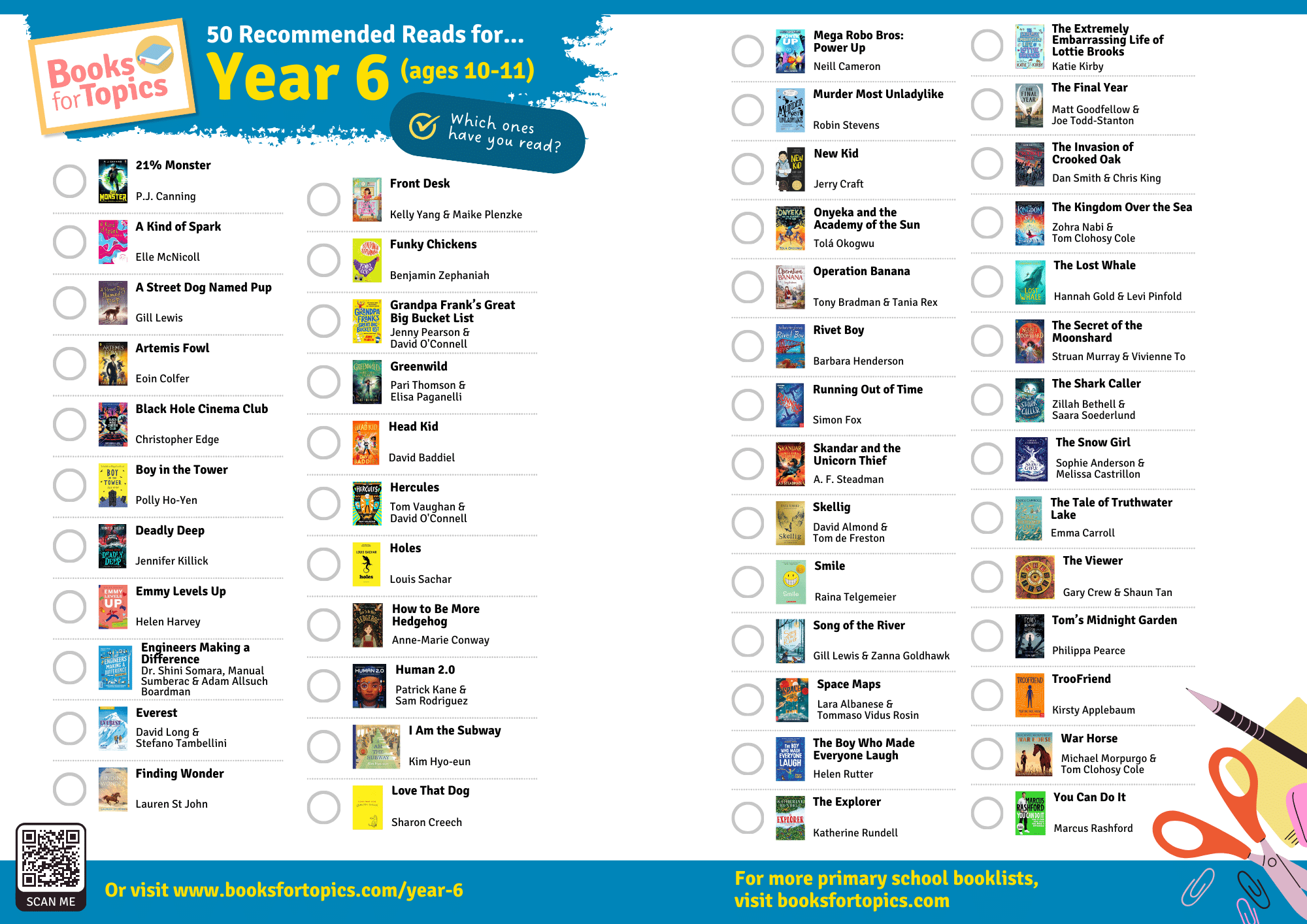
Where can I find recommended reading lists for other primary school year groups?
Discover recommended books for primary school year groups at BooksForTopics. Our expert team has curated a top-quality collection of books for each Year Group, reviewed by our school-based Review Panel. Each booklist includes 50 recommended titles, a printable poster, and checklist. Schools can buy full sets of each Year Group’s list through our trusted partner, Peters.
Don’t miss these recommended reading lists for other year groups – find them using our quick links:







